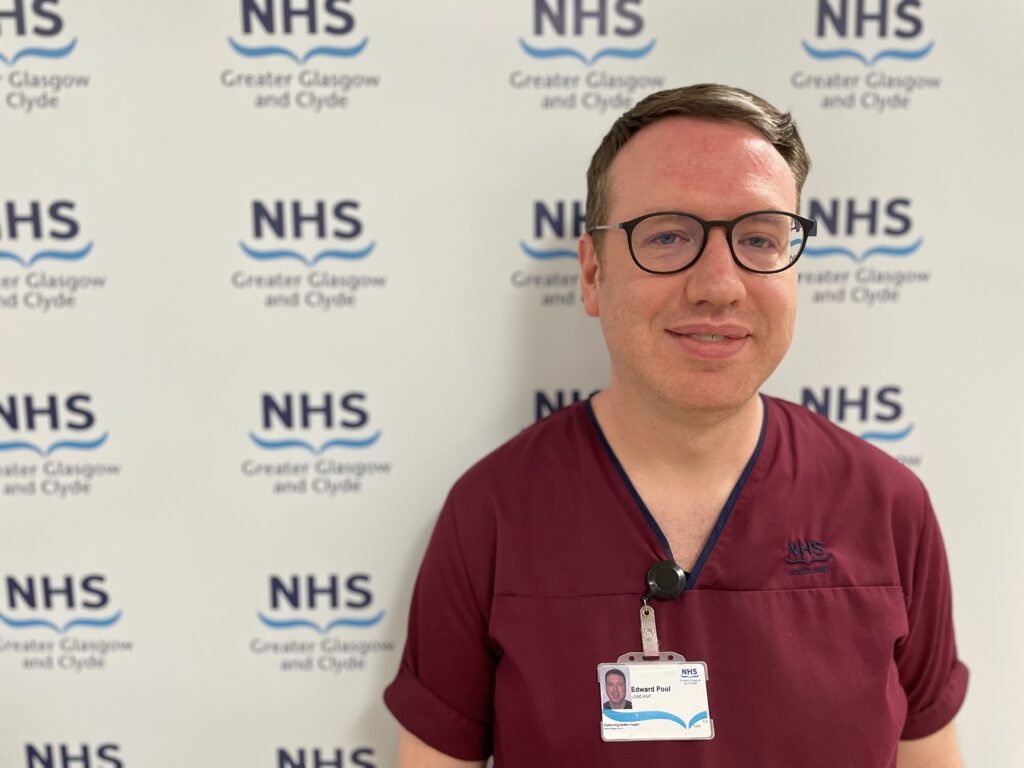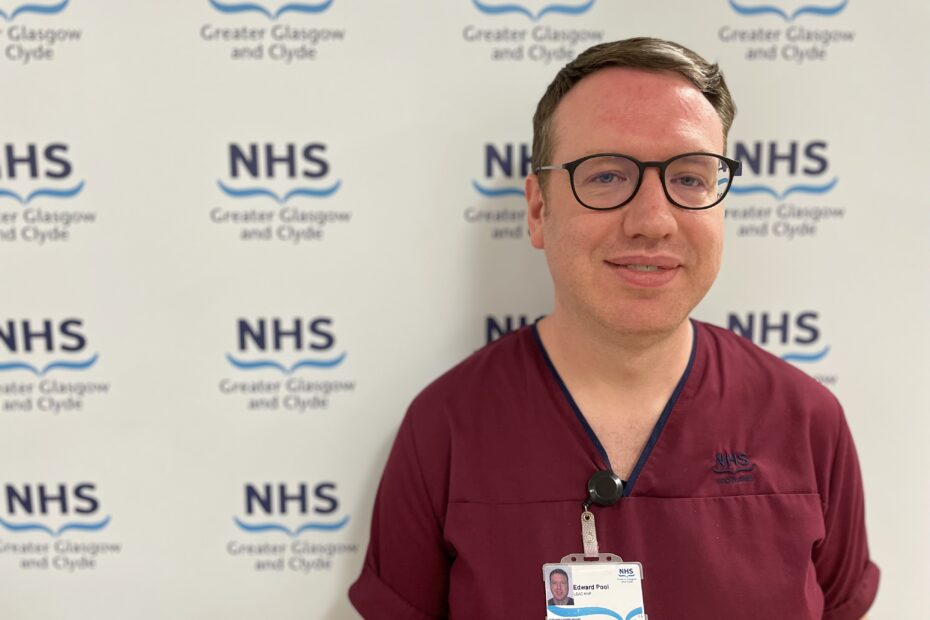
More than 23,000 patients have avoided an unnecessary trip to a physical A&E, helping free up vital capacity and minimise waiting times for the sickest patients, thanks to NHS Greater Glasgow and Clyde’s virtual A&E service which launched in December 2020.
The service – also known as the Flow Navigation Centre (FNC) – is accessed through NHS24, and has allowed a total of 32,000 patients to be assessed over the phone or virtually by a nurse or doctor within NHSGGC’s emergency clinical team.
Out of the total number of patients who have so far engaged with the service, around one-in-three (9,899) were seen and discharged entirely virtually, without ever having to attend a physical site.
In addition to providing direct emergency care consultations from the comfort of home, the virtual A&E also allows the clinical team to plan appointments at minor injuries units (MIUs), helping avoid queues wherever possible.
A total of 13,164 (41%) patients who came through the virtual A&E received a planned attendance at one of NHGGC’s MIUs and less than one-in-four (7,533) ever had to visit a physical A&E. Some patients were also referred to other specialist services such as OPAT – which helps provide acute care within an outpatient setting – while new pathways which allow pharmacists and ambulance teams to refer patients to the virtual A&E, also saw some early growth.
The figures come as the service approaches its second year in operation. With pressure on A&Es and acute hospitals at an all-time high, the virtual service is playing a crucial role in helping ensure patients are directed down the most appropriate route for care, while also helping reduce pressure on front-door services.
Edward Pool, Advanced Nurse Practitioner and Virtual A&E lead for NHSGGC, said:
“Any patient who thinks they need to visit A&E, but are not in a life-threatening condition should instead first seek to use another pathway such as the virtual A&E. You will get treated faster, and if you do need to visit a physical site for an in person consultation, we can plan an appointment to help avoid any unnecessary waits in A&E.”
The virtual A&E service is staffed by a team of expert emergency care practitioners, and the team can treat a whole host of illnesses and injuries including, but not limited to:
- Any limb injuries: shoulder, elbow, wrist, hand, hip, knee, ankle, foot
- Minor head injuries
- Chest injuries and back injuries
- Falls
- Accidental overdoses
- DVT
- Cellulitis
- Foreign bodies in the ear, nose, eyes, under the skin
- Back pain
- Gynaecology and early pregnancy problems
- Burns
- Wounds
- Suture (stitches) problems
- Dressing issues
Health Secretary, Humza Yousaf said:
“This is a significant milestone from NHSGGC and this vital service, in place right across the country, is helping relieve pressure on our A&E departments by directing people to the most appropriate urgent care. My thanks to all staff in NHSGGC for their continued hard work to make this service so successful.
“Our Flow Navigation Centres aim to ensure rapid access to a clinician and scheduled in person, phone or video appointments to avoid unnecessary long waits. This week I will see first-hand the excellent work NHS Tayside are doing with their virtual service.”
Dr Scott Davidson, Deputy Medical Director for Acute Services at NHS Greater Glasgow and Clyde, said:
“The virtual A&E is one of a number of initiatives which is helping our patients get seen and treated faster. While pressure on our hospital sites remains at an all-time high, enabling 23,000 patients to be treated away from physical A&E has made a significant impact on the front-door at our hospitals and will continue to play a crucial role in the way we deliver health care going forward.
“We’d urge any patient who thinks they need to come to A&E to consider using this service, among other urgent care provisions such as pharmacies, GPs, and the NHS Inform website.”
If you are unsure of where to access care, you should always consider NHS Inform for helpful guidance. If it’s an emergency but it’s non-life threatening you should always try to speak to your GP or NHS 24 on 111 before attending A&E as this will ensure you access the right care at the right place.
You can find out more information about our virtual A&E on the NHSGGC website here: https://www.nhsggc.scot/your-health/right-care-right-place/virtual-accident-emergency-ae/

